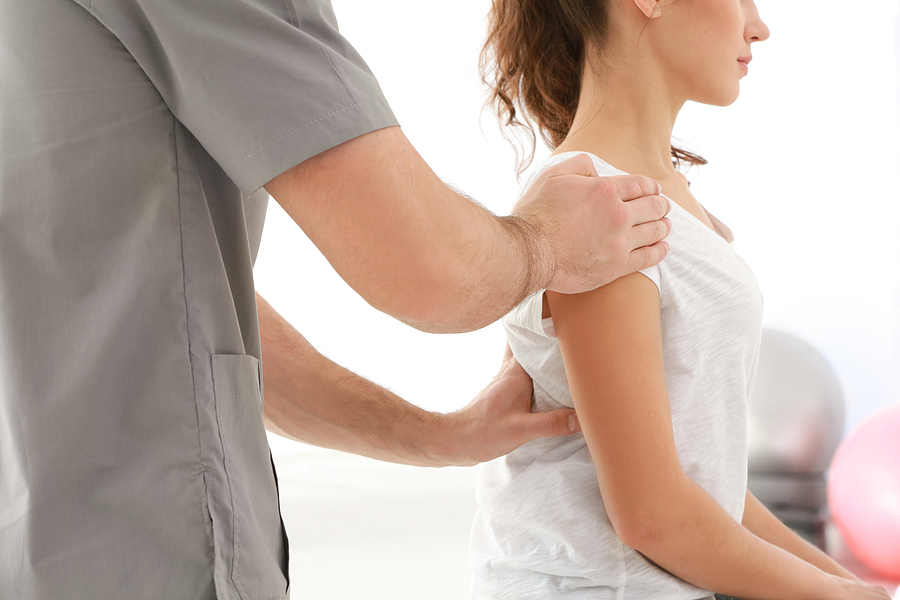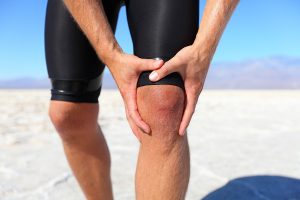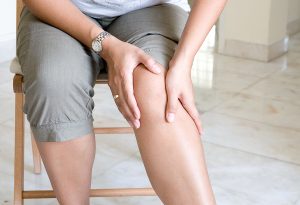Two things frustrate Fresno sports injury pain management specialists. First, you don’t have to tough it out. Don’t power through the pain, as that can worsen your injury or delay healing. Second, prescription pain medications are not the answer. They may help manage pain right after a surgery or severe injury, but they’re not meant for long-term use.
With the pleasant weather and abundance of options for middle school, high school, college, and even recreational sports in a local league, injuries are possible. Your team depends on you, so you pressure yourself to get back in the game ASAP.
Sports injury recovery without medication is possible, but it’s something that requires expert guidance. Push yourself too fast or too hard, and you could cause permanent damage. Our guide on managing pain without overmedicating helps you understand the best ways to manage pain as you heal from a sports injury.
The Problems With Both Prescription and Over-the-Counter Pain Medications
Non-steroidal anti-inflammatory drugs like aspirin or ibuprofen relieve inflammation that triggers pain. They’re often a go-to option for pain management after a sports injury. They do assist with short-term inflammation, but they do have a downside. They’re not recommended for people with kidney issues or bleeding disorders. They’re not meant to be used continuously.
Prescription opioids like hydrocodone or oxycodone are narcotics that can become addictive. It’s possible to overdose on them, so they need to be very carefully monitored when you take them. It’s best to avoid them completely when possible.
While no one wants to feel pain, medications that mask pain make it harder to pay attention to your body’s warning system. You took an NSAID and feel well enough to practice. However, your muscle, tendon, ligament, bone, or joint wasn’t ready, so you reinjured yourself. This is why it’s important to use pain medications as little as possible.
Pain Management Starts With RICE, But Goes Further
With any sports injury, RICE needs to be your first response.
- R (Rest) – Stop using the affected limb as much as possible. Pull yourself out of the game or practice.
- I (Ice) – Apply ice to the injury.
- C (Compression) – Wrap it in medical tape or an Ace bandage.
- E (Elevation) – Elevate the area so that it’s higher than your heart, which reduces blood flow and helps with swelling.
That’s just the initial course to take before you see a sports and orthopedics doctor. Once you’ve seen a doctor, any of these treatment options may be recommended to help with healing and drug-free pain management.
1. An Anti-Inflammatory Diet and Injury Rehab Nutrition
Consider asking about a doctor-led weight loss program that focuses on nutrition during your recovery. Foods that help fight inflammation can reduce pain. You also want to focus on foods that aid your recovery by providing vital nutrients for cellular healing in your bones, ligaments, muscles, and tendons.
2. FDA-Approved Regenerative Treatments
Biologic-based treatments involve the extraction of platelets from your own blood. Once the platelets are separated, they’re injected into the injured area. It helps with pain management and healing. Because it’s your own blood, there are no side effects. It’s one of the best ways to ease torn ligaments, tennis elbow, skier’s thumb, rotator cuff injuries, or golfer’s elbow.
Tissue repair therapy is another FDA-approved treatment that accelerates healing in joints, ligaments, muscles, and tendons. Using biomatter collected from your blood, it’s administered into your injury to speed up tissue repair. It’s also helpful for reducing pain through faster healing of many sports injuries listed above and chronic tendonitis.
3. Heat and Cold Therapies
Heat and cold therapies also help with pain, but it’s important to know which is right for the situation.
When pain is related to swelling, cold therapy is always best. The cold temperature numbs the area and restricts blood flow. That reduces swelling and the pain caused by inflammation.
Cryotherapy is similar, but it’s a bit more involved. You cool your entire body, lowering your body temperature for a short period of time. That helps reduce inflammation and improve healing.
As a direct opposite, heat therapy, such as a hot tub or heating pad, increases blood flow. As blood flow increases, muscles and stiff, aching joints relax, which eases the pain you experience. It’s not to be used if you have any swelling, however.
4. IV Drip Therapy
After an injury, IV drip therapy helps you heal. Targeted nutrients, such as magnesium, help support muscle health while vitamin C aids healing cells. It’s a simple way to boost healing so that pain from inflammation doesn’t last as long.
5. Massage
Massage helps loosen tight muscles, which eases pain. It’s performed through pressure of a trained massage therapist or water. Water massage is an effective way to manage pain while also relaxing in a pool or specialized hydro massage lounger.
Deep tissue massage guns are gaining in popularity. These devices can help with pain, but if they’re misused, they also cause damage. It’s best to talk to a doctor before using one at home.
6. Physical Therapy
Physical therapy is ideal for pain management. You work with a physical therapist who is medically trained to assess injuries and pain and create a reasonable, effective program for healing as pain-free as possible. In addition to specific exercises that build strength and improve range of motion, massage, hot/cold therapies, and even electrical stimulation help with pain management and recovery.
7. Sleep
Make sure you’re getting enough sleep. Your body recovers and heals while you’re sleeping. Go to bed as early as you can and avoid distractions. White noise is a good way to block external sounds that keep you up. Room darkening blinds also help.
Instead of watching TV before you fall asleep, try reading a book. Listening to a podcast on relaxation at a low volume or quiet music also helps some people fall asleep faster.
Connect With Fresno’s Specialized Sports and Orthopedics Clinic
Central Valley athletes shouldn’t try to play through the pain. If you have an injury, it’s essential that you get it properly diagnosed. If you don’t take care of an injury, you risk worsening it or creating a chronic condition. It’s always best to see a doctor.
Recover well with as little pain as possible. Premium Sports and Orthopedics helps Fresno athletes by fully diagnosing issues and creating a comprehensive recovery plan. Schedule an appointment today.







